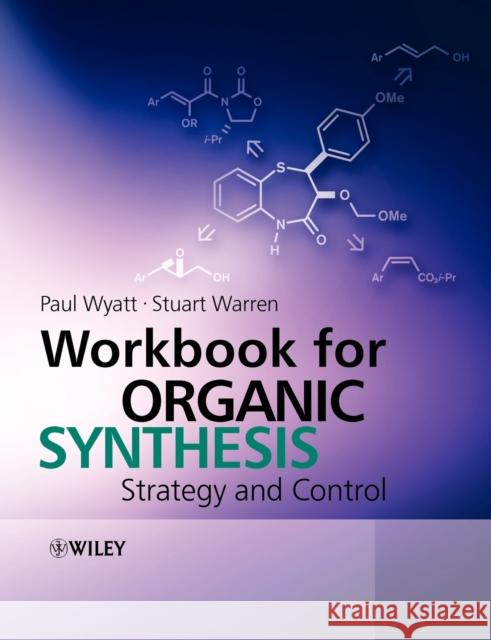Workbook for Organic Synthesis » książka
topmenu
Workbook for Organic Synthesis
ISBN-13: 9780471929642 / Angielski / Miękka / 2008 / 502 str.
- This workbook accompanies Organic Synthesis: Strategy and Control, the bestselling advanced organic textbook
- Provides a complete course for advanced organic students and includes a graded set of problems, solutions and discussions to illustrate and develop the themes of each of the chapters in the textbook











